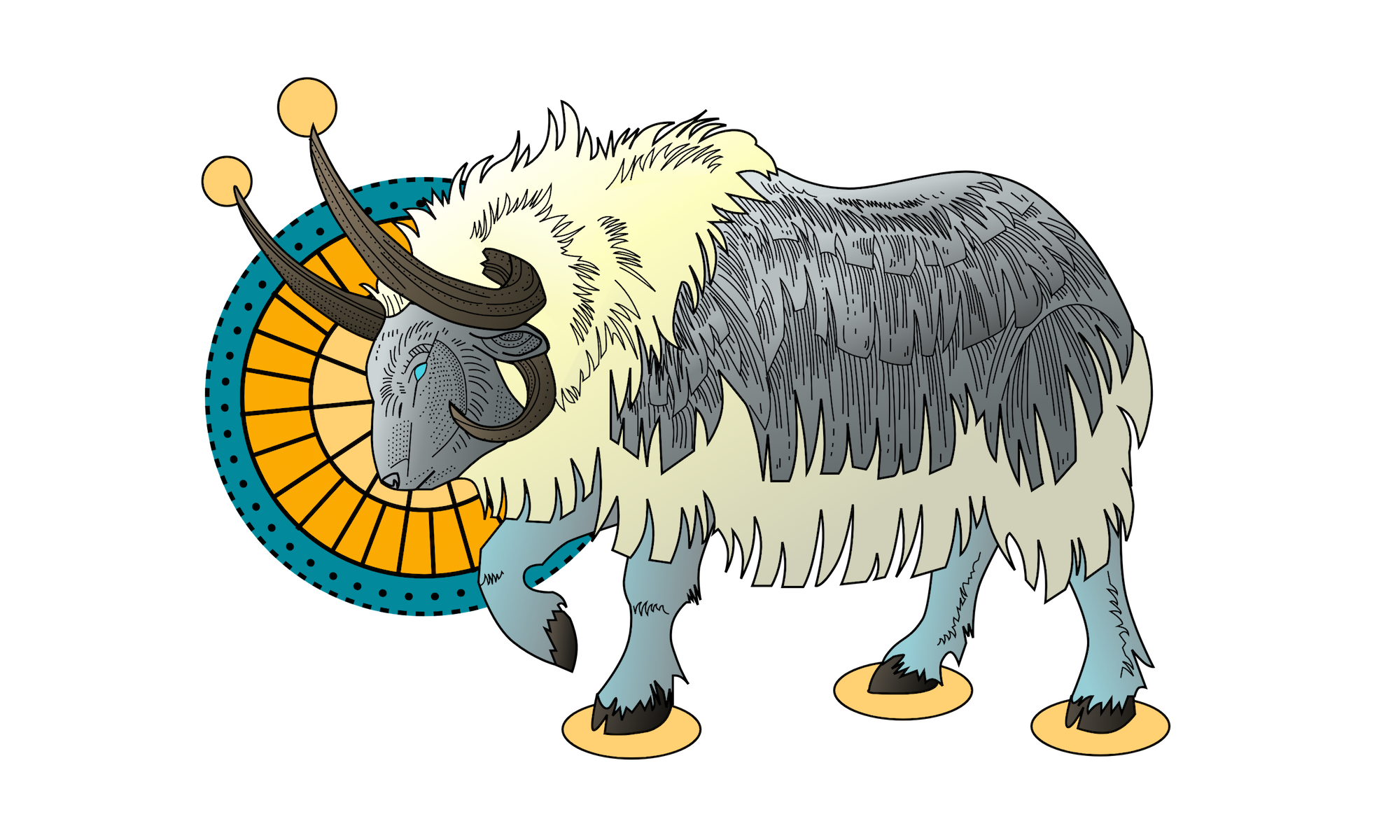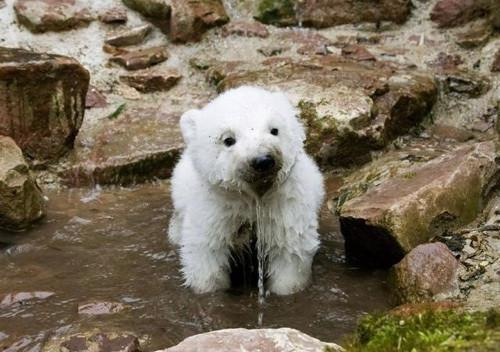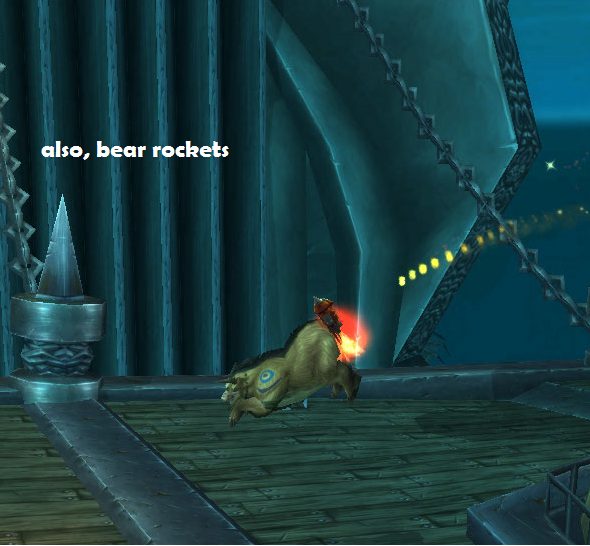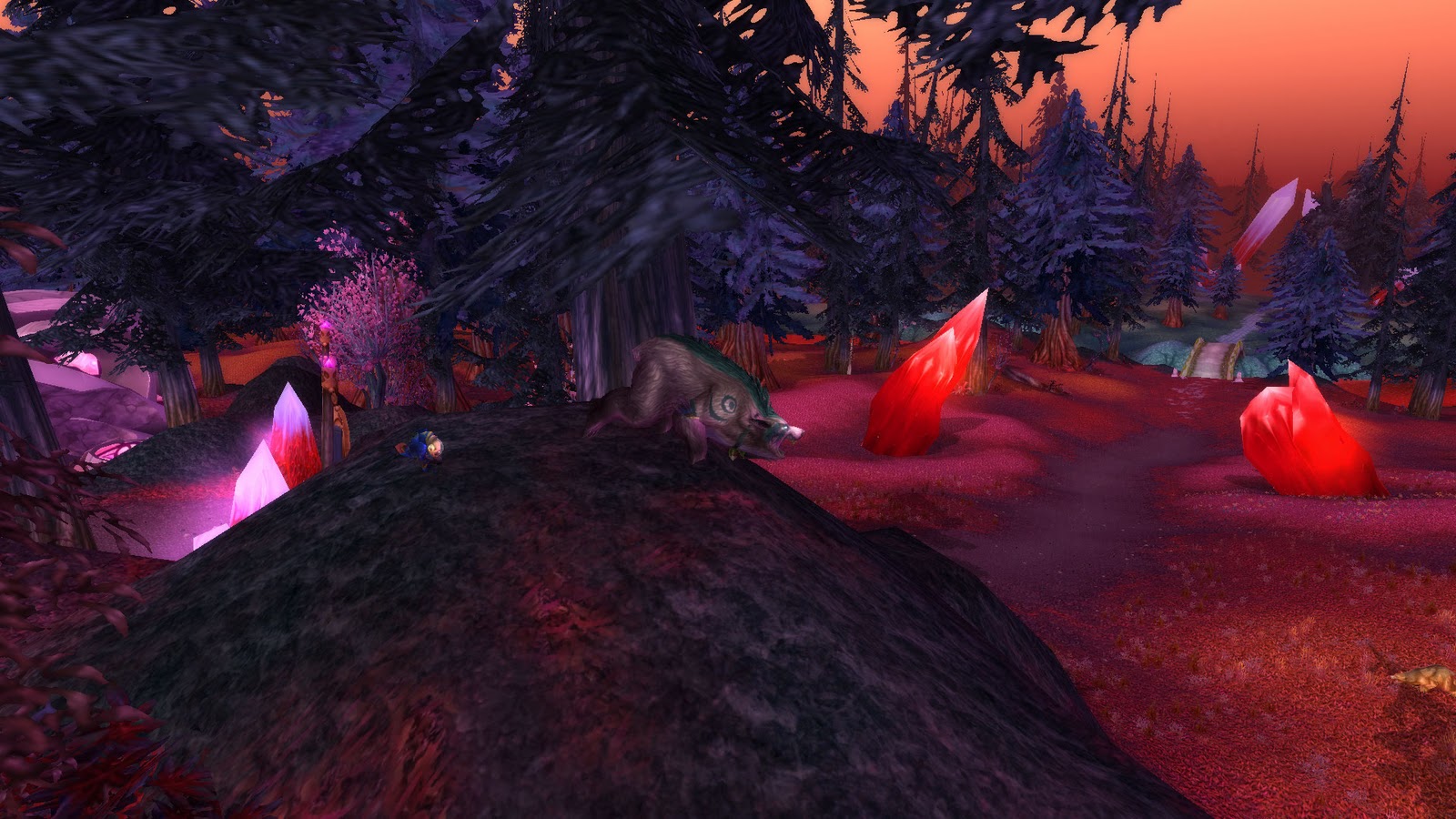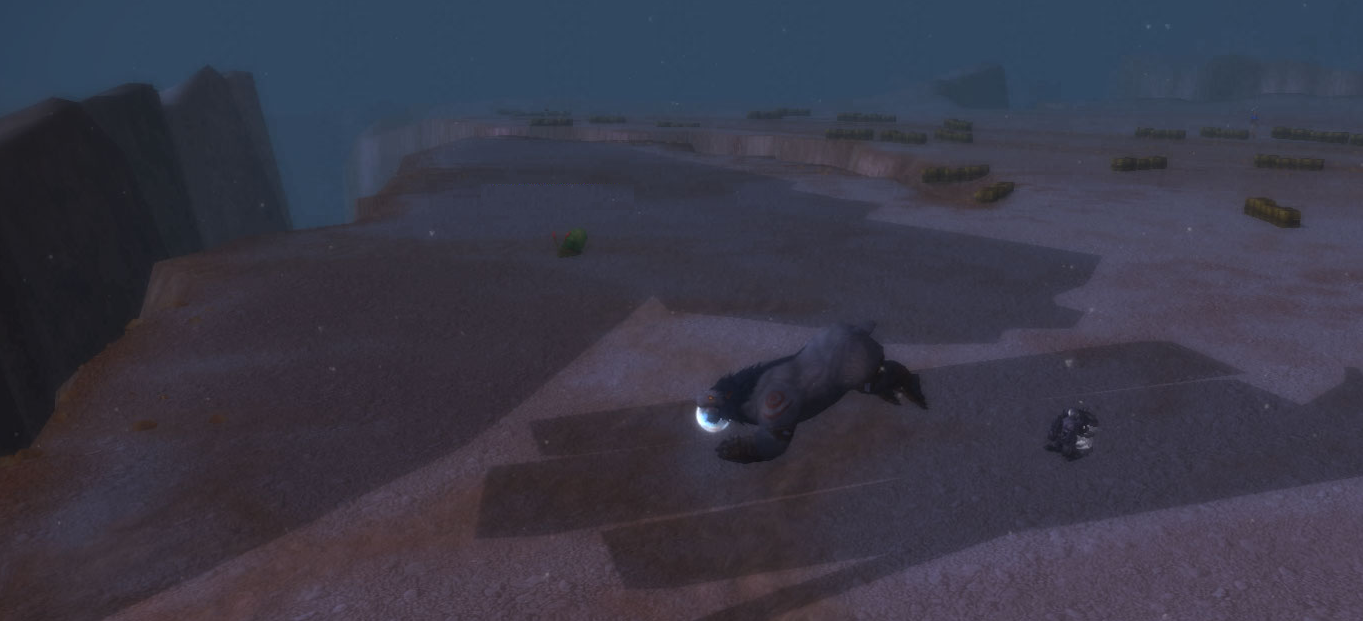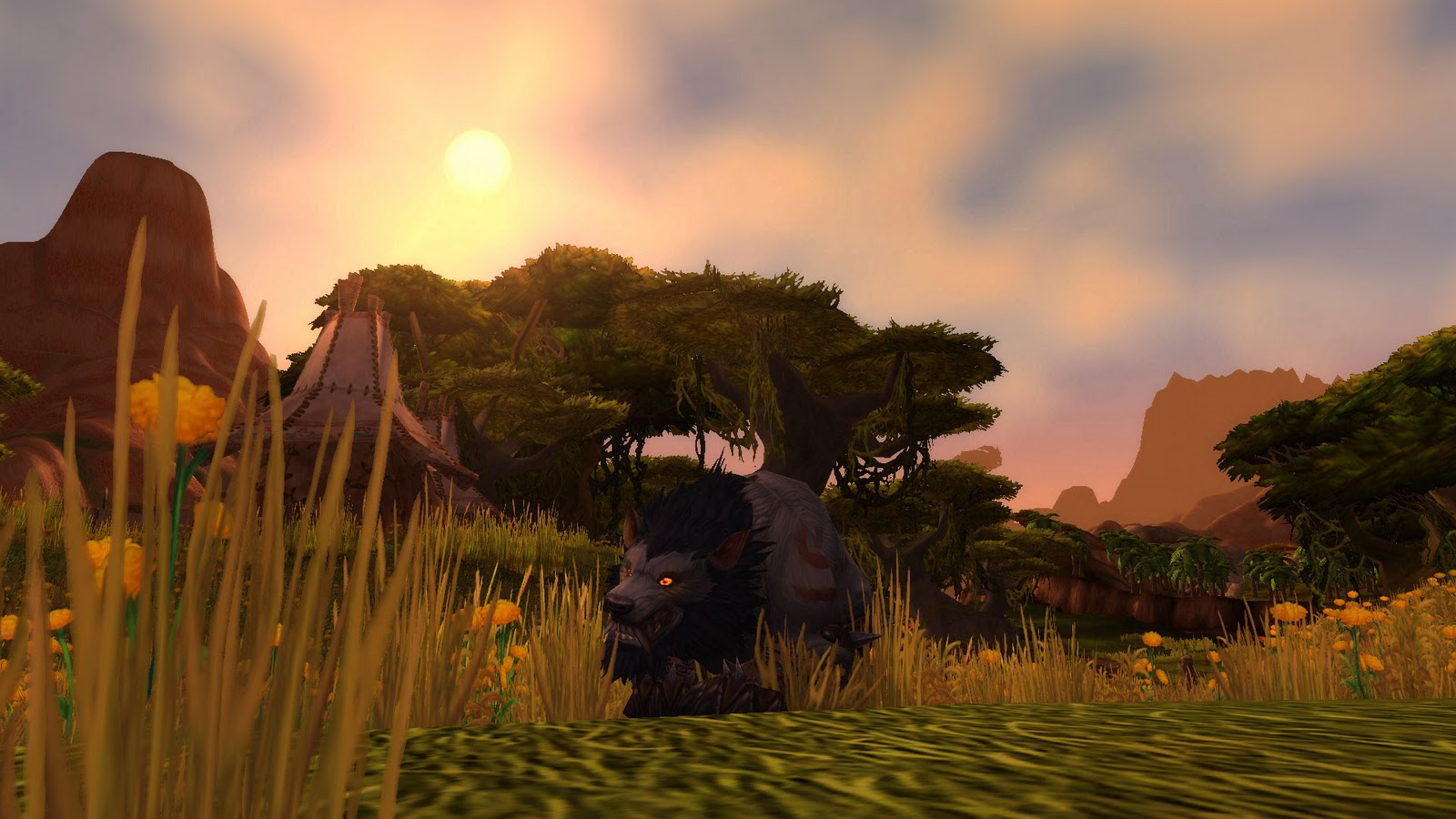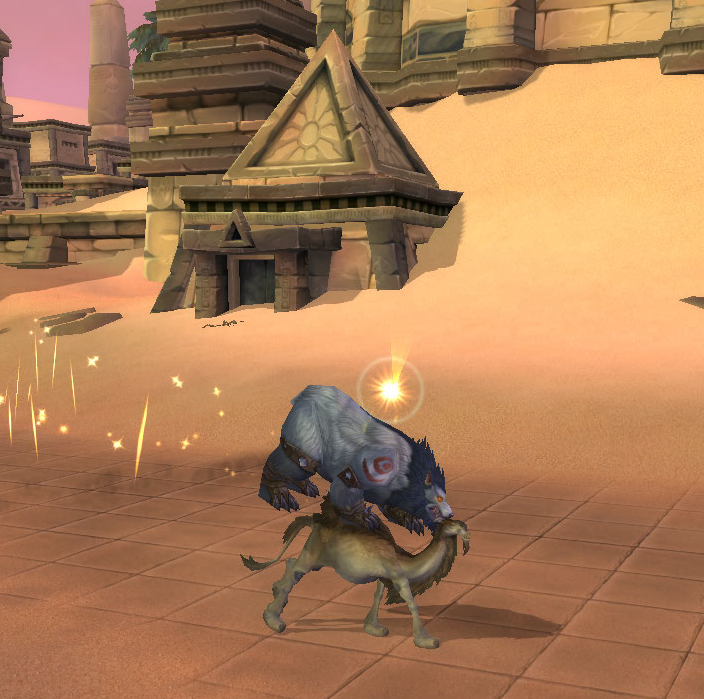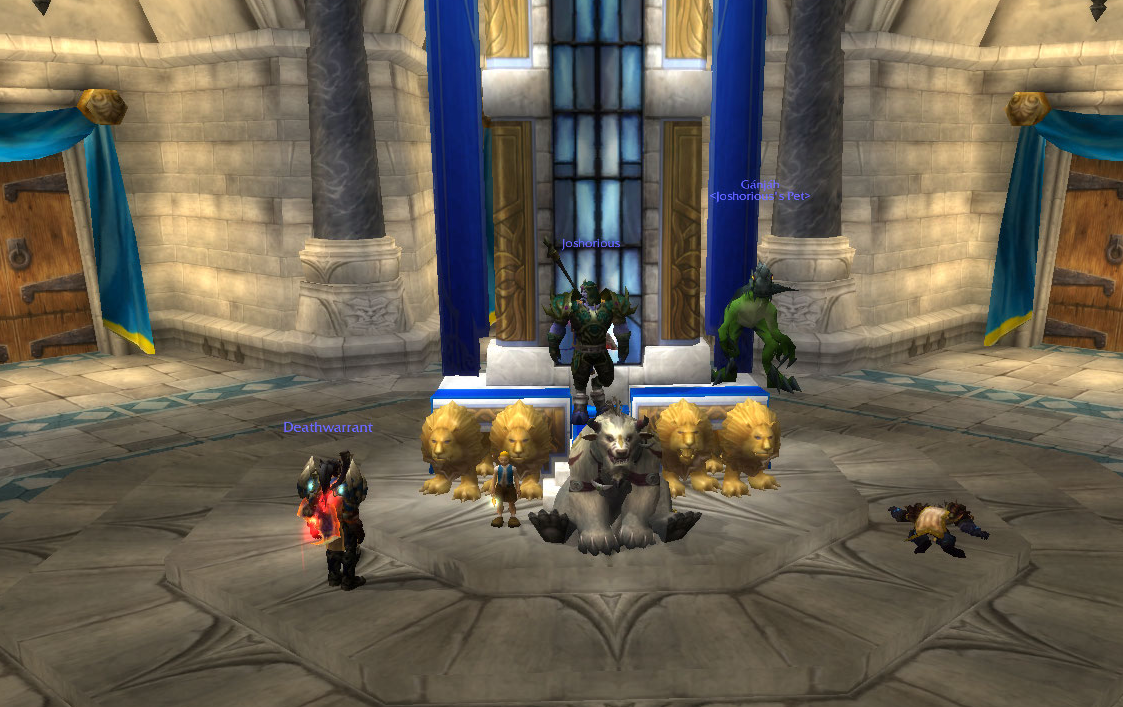Bears are pretty special. They’re so different than the shield tanks that it’s hard to understand just how special. Here’s my list of things other people should know about bears so that they will know how to use them well or help their raid’s bears improve. This list gets more and more detailed and complicated the further you read, so if you feel like you understand “enough”, you don’t need to read the whole thing.
Bear Strengths
- Best passive physical mitigation, thanks to ridiculously high armor.
- Best passive spell damage mitigation (18%), due to Natural Reaction and Perserverance.
- Highest avoidance (just dodge, but lots of it).
- Best dps when not tanking.
- Doesn’t use plate, so they gear up separate from other tanks.
- Numerous utilities provided by the druid class.
- Flexible is the key word here. Bears have flexible gearing options, and truly shine when they can use all aspects of the druid class.
Bear Weaknesses
- Worst AoE tanking damage mitigation, due to Savage Defense mechanics.
- Savage Defense is just all around awkward (more of this below).
- Weak AoE threat.
- Weak self-healing.
- Only 3 personal cooldowns (though the cooldowns themselves are fairly strong).
- Many of the bear’s utilities require not actually tanking, so if there is no opportunity to be flexible then the druid has very little to offer.
Bear Stats
- Bears use rogue gear and agility trinkets. A good bear should have both stamina trinkets and agility trinkets, and swap them out depending on the fight.
- PvP gear is pretty good for bears, but not best in slot.
- Agility gives bears attack power, crit, and dodge, and is by far a bear’s best stat.
- Attack power and mastery increase Savage Defense shield size, crit increases its proc rate, expertise increases its proc rate by removing dodges and parries from the combat table.
- Bear secondary stats, in order of highest priority:
- Dodge (should always reforge gear for dodge)
- Mastery
- Expertise, Crit Rating (roughly the same value)
- All other secondary stats (Haste, Hit) are very poor mitigation stats.
- Consumables
- Elixir of the Master / Prismatic Elixir for fights with heavy magic damage.
- Flask of the Winds for any other fight.
- Flask of Steelskin is a last resort if your bear is undergeared and needs more health.
- Flask of Battle will give 300 stamina if used in bear form, 300 agility in any other form.
- The best food for bears gives 90 agility and 90 stamina, so that would be either Fortune Cookie, Seafood Magnifique, or Skewered Eel.
- A bear in typical physical damage reduction gear will have the lowest health of all the tanks. This isn’t a bad thing, as long as they have enough health to survive (as a general rule) one special attack + one melee without any heals. Bears are more flexible than other tanks when it comes to trinkets and consumables, so if they can get away with less health for more avoidance/damage reduction, they should.
- Bears shouldn’t worry about getting hit capped or expertise capped. Vengeance takes care of most threat concerns in raid content, and our gear already comes with strong threat stats. If threat is a concern at the beginning of a pull, there’s always Berserk.
Bear Cooldowns
- Survival Instincts is the major damage reduction cooldown; 50% damage reduction over 12 seconds, 3min cooldown.
- Frenzied Regeneration, is the “flavor cooldown”, should be paired with Glyph of Frenzied Regeneration so that it increases max health by 30% and healing taken by 30% over 20 seconds, 3min cooldown.
- Barkskin is the minor cooldown, 20% damage reduction over 12 seconds, 1min cooldown. Usable while stunned or otherwise crowd-controlled.
- Rebirth, difficult for a bear to use while tanking, but most fights have opportunities if you’re willing to wait. Bears should have it glyphed to bring players back at 100% health.
- Stampeding Roar, 40% sprint over 6sec (soon to be 60% over 8sec) for everyone that’s very close to the bear. Typically easier for a bear than a cat to use because of the resource requirement (15 rage vs. 40 energy), though a cat is more likely to be close to people that need it.
- Tranquility, heals the 5 nearest allies. Bears usually do not spec into Nurturing Instinct so their Tranquility is the weakest of all druid specs, though popping it at the right time can save lives.
- Innervate should rarely be considered a utility. From a feral druid, it will restore about 5k mana (i.e. enough for 1 heal).
- +5% crit buff to raid with the Leader of the Pack talent.
- -12% armor debuff with Faerie Fire (Feral); if specced into Feral Aggression, bears (and cats) have the easiest time applying that debuff of all classes, though protection warriors have a slightly easier time maintaining it
- +30% bleed damage debuff with Mangle. Easier for a bear to maintain this debuff than a cat.
- -20% attack speed debuff if specced into Infected Wounds. It’s also important to note that along with the attack speed debuff, Infected Wounds includes a 50% snare and is applied automatically in the standard rotation, so it will always be up for a bear. However, it can only be applied to druid’s main target (or two targets if Maul is glyphed).
- -10% physical damage debuff in Demoralizing Roar. Unlike Infected Wounds, this debuff is not applied by performing the normal rotation, so bears won’t have it up immediately. It is an AoE effect, so it will be applied to everything around the caster.
Bear Defense Mechanics
- Vengeance increases a tank’s attack power, depending on how hard they get hit. A quick-hitting boss can stack Vengeance very quickly, a slow-hitting boss will stack Vengeance slowly.
- Vengeance can stack off of both physical and magical damage.
- While Vengeance says it caps at 10% of a tank’s hp, this is just a simplification that for some reason Blizzard felt was necessary. The true number is closer to 7.8% of a tank’s hp, or “a number equal to Stamina plus 10% of base health”.
- Vengeance falls off if a bear switches to cat form, but it will still be up if a bear only shifts to caster form.
- Vengeance decays quickly. If a bear dodges a string of attacks or isn’t tanking for a while, it will decrease or even fall off.
- Savage Defense is an absorb shield that has a chance to proc off crits. The absorb shield disappears after one hit, so if a bear’s Savage Defense can absorb 10,000 damage and a mob hits him for 8,000, the Savage Defense proc will still fall off after the hit.
- Savage Defense can only “block” physical hits.
- Savage Defense scales with Vengeance, so until a bear gets Vengeance-capped they will not be reducing much damage.
- If a bear can’t melee a boss for some reason, they will not get any Savage Defense procs and therefore will take more damage.
- You can only have one Savage Defense proc up at a time, so if a bear is AoE tanking and gets multiple crits in one attack, they will still only get one proc and only one of the mobs’ attacks will be reduced. This is why bears are horrible AoE tanks.
- Bleed dot crits do not proc Savage Defense, neither does Faerie Fire (Feral).
- Savage Defense is not on the combat table, so you cannot push unblocked hits off the combat table (like pallies try to).
- Savage Defense is considered an absorb, which means in combat logs it will be added to all other absorbs (like Power Word: Shield). This means that you cannot look into combat logs to see how much damage Savage Defense actually absorbed. The best we can do is use spreadsheets and calculations to estimate our max Savage Defense absorbs.
- As a bear in average 365 item level, a max Vengeance Savage Defense should absorb about 21,000 damage and have a 65% uptime. Slow-hitting bosses will have a higher uptime, quick-hitting bosses will have lower.
- Bears have around 50,000 armor, or about 60% physical damage reduction.
- Raid geared bears will have around 33% to 40% dodge. The “dodge cap” is a myth; there isn’t a magical point where dodge is no longer worthwhile. Read this if you want to know more.
- Another common (and completely incorrect) myth is that bears have lower avoidance than other tanks because they cannot parry. Bears have less harsh diminishing returns on dodge than the other tanks, so they can stack more of it. And, as you can see from the above numbers, a properly geared druid will have more straight dodge than other tanks’ dodge+parry.
- A worse-case-scenario hit (not mitigated in any way other than armor) will do less damage to a druid than the plate tanks. A mitigated hit (Savage Defense for bears, block for shield tanks) will do more damage to a druid. For example, if a boss melees a paladin for 100k (unblocked), it will melee a bear for 85k (unshielded). If a paladin blocks that attack, it will hit for 60k; if a bear has a Savage Defense proc up, it will hit for 65k.
- To put it another way, shield tanks will be spiker, but will be able to reduce more damage when they block. Death Knights will also be spikey, but I can’t speak for how much their Blood Shield absorbs or how much they heal themselves compared to block.
Bear Threat Mechanics
- A bear’s only ranged attack is Faerie Fire (Feral). It does a decent chunk of threat, but it is on the spell hit table, so it’s pretty likely to miss.
- Mangle is the bear’s heavy hitter. Mangle hits like a trunk, everything else hits like one of those smart cars. If the first Faerie Fire (Feral) and Mangle miss, then someone is probably going to pull aggro.
- To alleviate these threat issues, in most cases bears should open up with Berserk, which will let them spam Mangle for a long time. However, during Berserk it is difficult to maintain Pulverize, so the bear has a lower chance to proc Savage Defense and might take more damage.
- Unlike a warrior’s Charge, Feral Charge costs rage instead of giving it. For this reason, bears usually can’t afford to use it at the beginning of a pull.
- Outside of shifting for Furor, a bear can only get rage from Enrage, which is on a 1 min cooldown. Enrage increases damage taken by 10% for the duration, so a bear has to cancel it before pulling. Therefore, a bear starts a pull out with only 30 rage. For a single target, that means they can do one Mangle and one Lacerate (or if they had to Feral Charge, just one Mangle) before they are rage-starved. For multiple targets, they can do one Thrash. If one of those miss, then there is even less burst threat. Keep that in mind when playing with a bear tank.
- Bears have two abilities to instantly get aggro: Growl and Challenging Roar. Growl is a taunt, and it permanently forces your target to attack you (well, until someone else taunts or over-aggros the target). Challenging Roar forces the targets around you to attack you for 6 seconds. After those 6 seconds are over, they will go back to whoever has the highest threat. Also note that Challenging Roar has a 15 rage cost and is on the global cooldown.
- Bears (and warriors) needs a healthy amount of rage to quickly control a tanking situation, and rage is often low at the beginning of pulls. For this reason, rage-based tanks should initiate pulls if they are expected to do anything for the first 5 seconds, and other party members should give them a little time to gain rage.
That’s all I can think of for now. I’ll try to keep this updated in case I think of anything else, or in case something changes.
